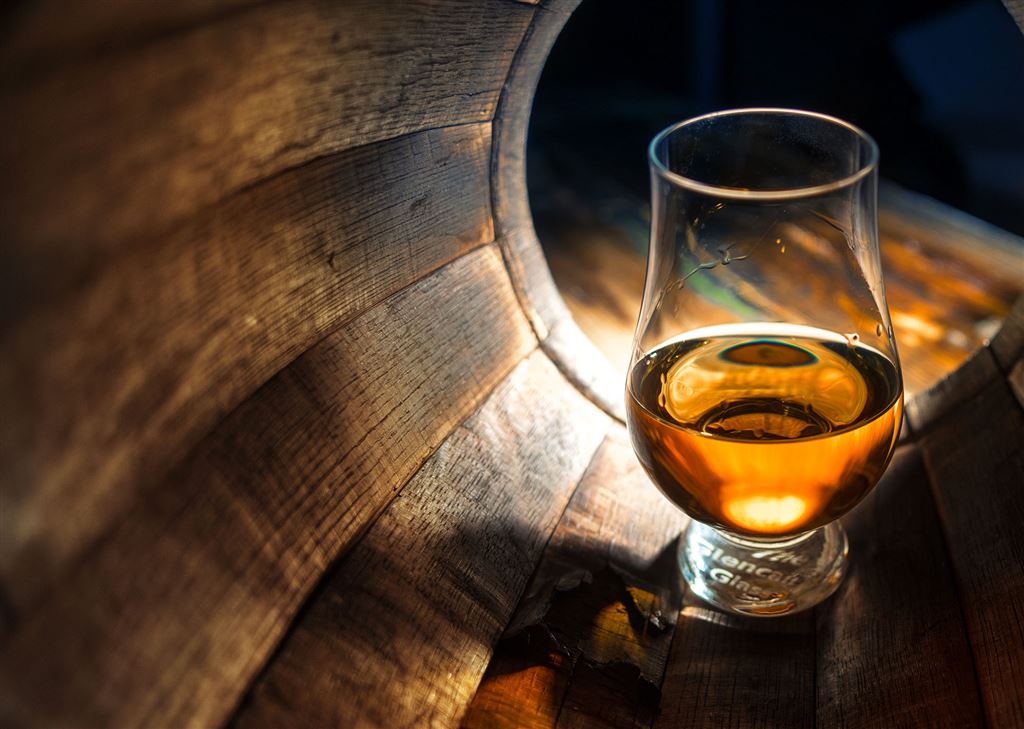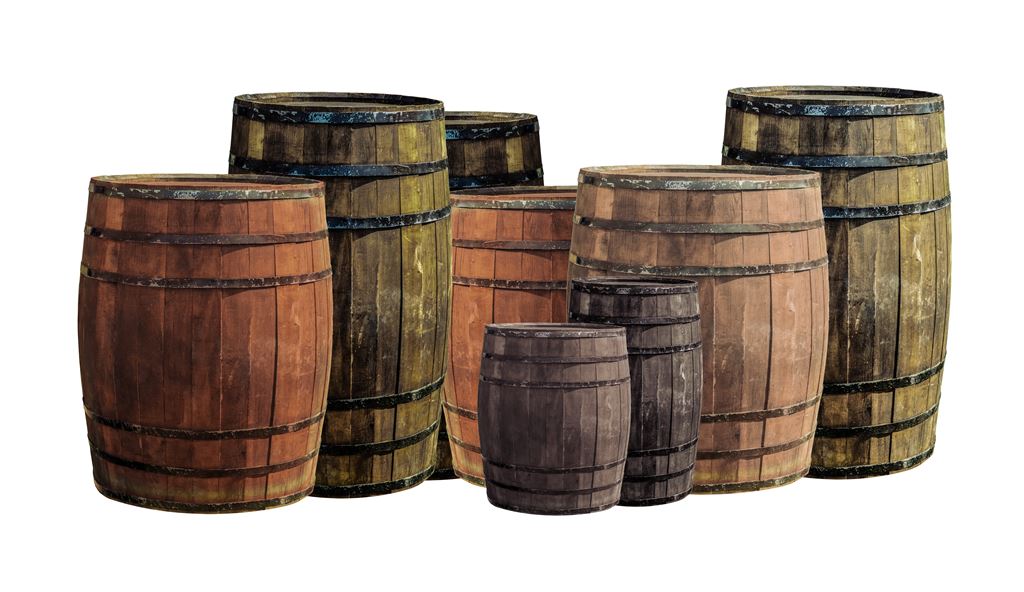If you are a neat-drinking bourbon enthusiast, you may have noticed that some bourbons have an oily texture. This is not a quality that all bourbons possess, but it is a highly sought-after trait of exceptional bourbons. So, what gives some bourbons this wonderfully oily, buttery, or creamy texture? We’ll address that later, but if you think, “I’ve never experienced this texture in bourbon,” this is what you need to do when tasting.

How To Feel the Oily Texture in Good Bourbons
When you drink bourbon, you should never guzzle it. True enjoyment comes from taking your time to enjoy the nuances of whiskey. A good approach is to sip and savor bourbon. As you drink it, let the bourbon first hit the front of your tongue, then move it over the rest of your tongue toward the back of your throat. To experience the oiliness, rub your tongue against the roof of your mouth while the bourbon is on the middle of your tongue. If the bourbon is high-quality, you will notice an oiliness to it. This wonderfully slick and slippery textural experience is not a characteristic of all bourbons.
Are Oily, Buttery, and Creamy Interchangeable Terms?
Enthusiasts who review bourbons often use descriptive terms like oily, buttery, and creamy interchangeably. However, these terms have particular nuances that make them distinct.
Oily
Oiliness is a slick textural feeling discerned when you rub your tongue against the roof of your mouth when drinking bourbon. If you've experienced this, you understand what I mean. There will be a slipperiness and viscous feel to the bourbon as your tongue slides against the roof of your mouth. This feeling is what is referred to as oily. It has nothing to do with taste, only texture.
Buttery
When describing bourbon as buttery, viscosity is also involved. However, butteriness refers to rich, creamy fattiness or smoothness similar to butter's quality. This descriptive term has to do with both taste and texture.
Creamy
Creaminess is similar to butteriness, except the compared qualities are found in cream, not butter. Creaminess is a smoothness or softness of texture and does not involve taste.
What Gives Bourbon Its Oily, Buttery, Or Creamy Texture?
Many things contribute to good bourbons having an oily texture or a creamy, buttery feel. These interactions occur during fermentation, distillation, and as it ages in barrels.
Fermentation
As alcohol oxidizes and ferments during fermentation, something called fatty acid esters (FAEs) form. FAEs are oily compounds resulting from the chemical reaction when ethanol and other ingredients come into contact with oxygen. Fatty acid esters are known for their lubricating properties or feel; thus, the term “oily” in bourbon descriptions.
The interaction within yeast cells creates FAEs during fermentation as yeast grows. After the yeast dies, the FAEs are released back into the mash before distillation. Fermentation is the source of over 90 percent of ester production. Other FAEs are formed during the distillation.
Distillation
Distillation is a process that purifies alcohol by heating and vaporizing it. During this process, alcohol and acids continue to interact, creating additional esters. However, anytime alcohol is distilled, heavier molecular weight molecules (medium and long chain esters) are more likely to be removed as smaller ones make it through the distillation process. If alcohol is pot distilled, more higher-weight molecules tend to remain to create a creamier or oilier mouthfeel in the resulting bourbon.
If, before bottling, the bourbon is chill filtered, lowering the temperature of the whisky to several degrees below freezing to remove certain unaesthetically pleasing compounds, the whiskey will lose many of the naturally present FAEs, resulting in a less-creamy or oily mouthfeel.
Aging and Barreling
The alcohol’s maturation process in new oak barrels can significantly affect a bourbon’s level of oily complexity. Of course, alcohol and acids continue to interact in the oak casks or barrels, creating even more, but less impactful, esters. These are often lost during evaporation. More influential is that when ethanol is stored in new oak barrels, various sugars, oils, and other chemicals are released from the barrels into the distillate. These additives interact with the existing FAEs and ethanol, profoundly affecting the taste and texture of the bourbon. Additionally, the type of oak used can be a factor in the oiliness of a bourbon.

If you drink both Scotch and Bourbon, you may have noticed that bourbons tend to have an oilier mouthfeel. This is partly because Scotch is matured in used oak barrels that have lost these inherent sugars, oils, and other chemicals.
Conclusion: Fatty Acid Esters and Mouthfeel
Oiliness, creaminess, and butteriness are highly sought-after characteristics in a bourbon-tasting experience. These qualities add a layer of complexity and enjoyment. Another benefit of these traits that have resulted from fatty acid esters is that FAEs are resistant to oxidation. So, if you are a bourbon enthusiast who has kept open bottles for many years, more decadent, creamier, and oily bourbons will maintain their complexity and flavor longer.
Enjoy!